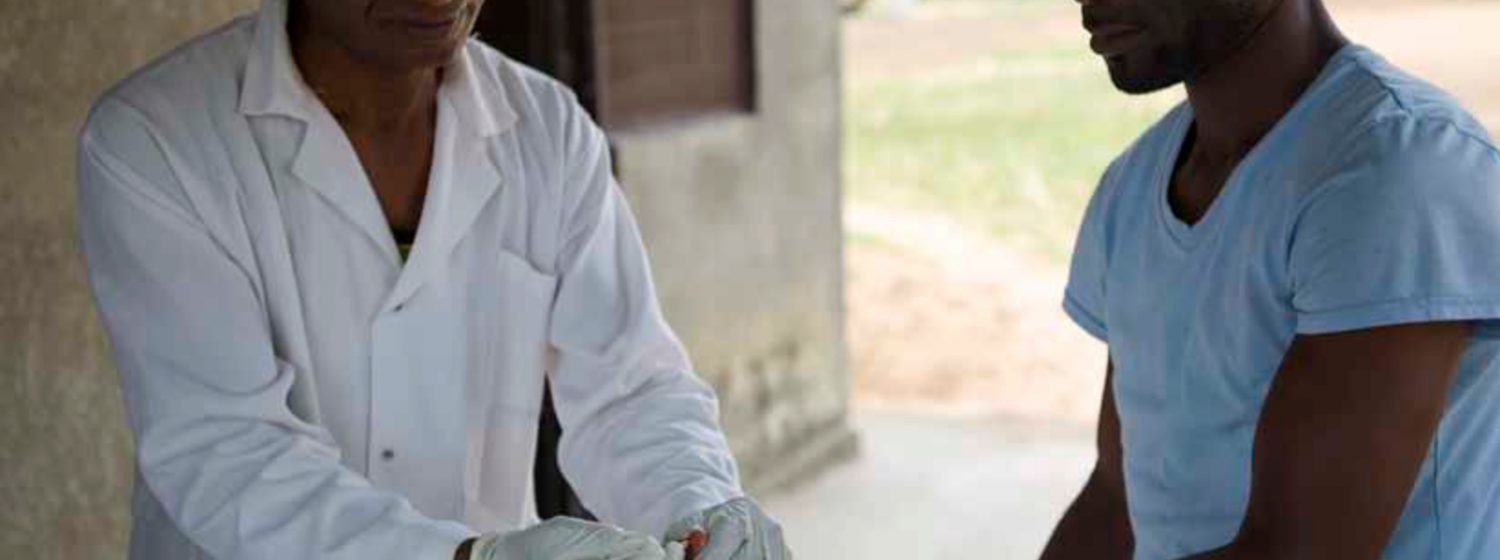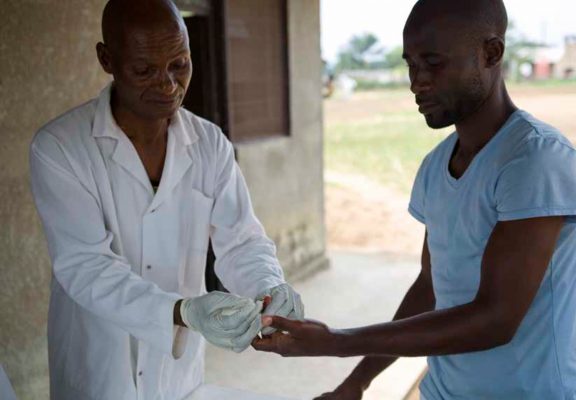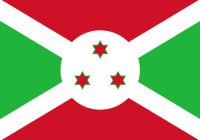


Burundi
Burundi, officially the Republic of Burundi, is a landlocked country in the African Great Lakes region of East Africa, bordered by Rwanda to the north, Tanzania to the east and south, and the Democratic Republic of the Congo to the west. It has a population of 10 million. Its GPD per capita is USD 267.11 and GPD of USD 2.7 billion (2013).
Burundi is one of the 10 poorest countries in the world. The country is emerging from the 12-year ethnic-based civil war which began in 1993. The political instability, insecurity, violence, and population movements have left the population extremely vulnerable to epidemics. The number of people living with HIV is estimated at 80,000, of which 38,000 are women and 19,000 are children. An estimated 26,000 people are currently receiving anti-retroviral therapy. Prevention of mother-to-child transmission of HIV coverage remains a challenge with only 15 percent of pregnant women having access to treatment. Malaria is the prime cause of morbidity and mortality. All levels of the population are affected by tuberculosis, but the 15- to 44-year-old age group is most seriously impacted. The Global Fund is one of the key partners in the health sector in Burundi and provides a major proportion of financial resources for the country’s response to the three diseases.
AHO PRIORITIES FOR HEALTH DELIVERY PLAN IN BURUNDI
- Human resource development.
- National health insurance.
- Primary health care model.
- Health promotion model.
- Noncommunicable diseases.
- HIV/AIDS.
- Mental health.
PROGRAMMES & PROJECTS
1. HEALTH SYSTEMS DEVELOPMENT
PURPOSE
To plan for the efficient and effective delivery of health care services
EXPECTED RESULTS
- Support provided for the introduction of models, methods, and mechanisms to establish an adequate health information system (surveillance).
- Support provided for the implementation and monitoring of plans, policies, and projects to strengthen the strategic management of human resources.
- Support provided to studies evaluating primary health care and environmental health services.
- Support provided for the introduction of models, methods, and mechanisms to establish a system for quality improvement and quality assurance.
- Plans, projects, and policies designed for sustainable financing mechanisms.
- Program implementation, monitoring, and evaluation mechanisms in place.
2. PROMOTION OF HEALTHY LIFESTYLE
PURPOSE
To strengthen the capacity to apply health promotion approaches to selected priority areas.
EXPECTED RESULTS
- Capacity strengthened to formulate public health policies for selected priority areas.
- Capacity strengthened to establish and/or expand cooperation networks and alliances for health promotion.
- Capacity strengthened to plan and executes promotional campaigns, public education, and advocacy strategies.
- Methods, models, and technologies developed and implemented to enhance the organisation’s communication programme.
RESOURCES (USD)
AHO BURUNDI BUDGET 2020 (USD million)* based on 2017 pop 10.86 million World Bank
| SO | BUDGET ITEM | AMOUNT* |
| 1 | Combating communicable diseases | 181 |
| 2 | Tackling non communicable diseases | 194 |
| 3 | Addressing determinants of health & risk factors | 175 |
| 4 | Modernising health system and health service | 179 |
| 5 | Improving preparedness, surveillance and response | 177 |
| 6 | Developing good governance & corporate services | 180 |
| Total | 1,086 |
AHO estimates that it needs to spend at least USD100 per capita on health to meet the basic health needs of the people in Africa. This is too far below developed countries e.g. in England it is US$1,300 per capita (2017)

